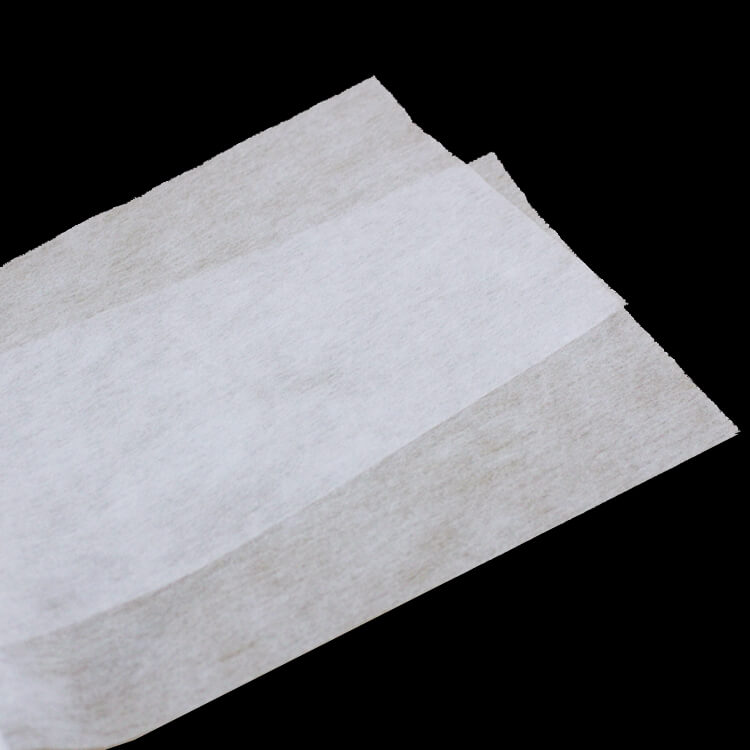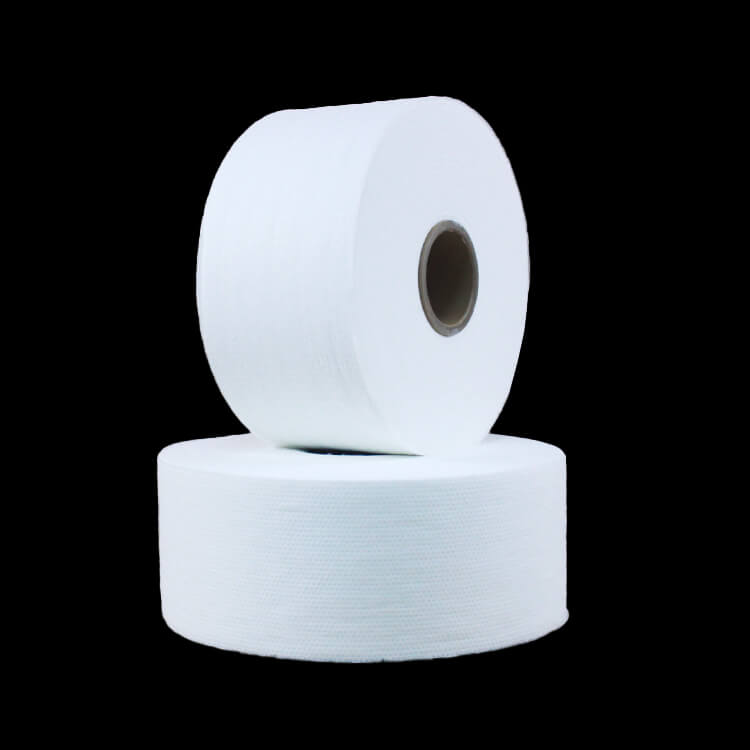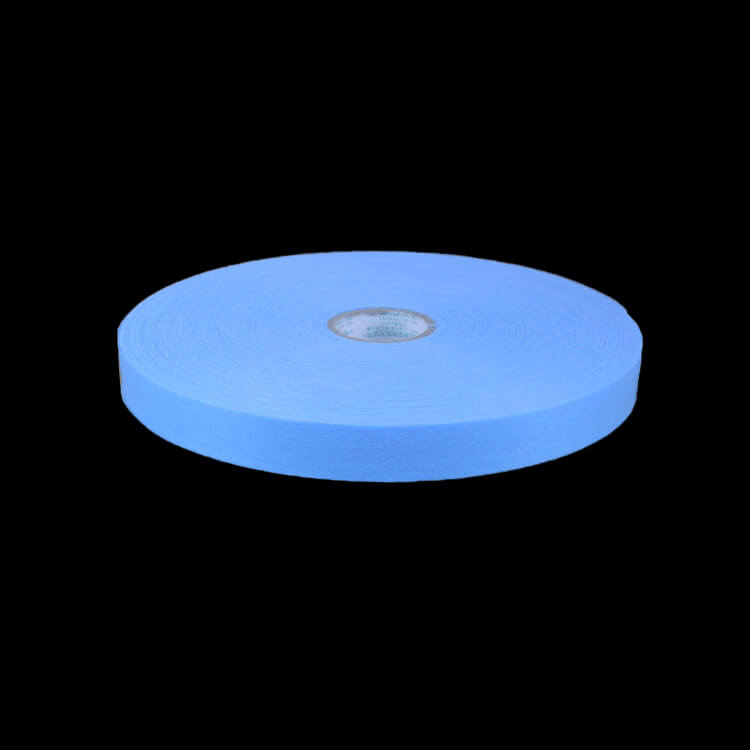Author:Baby & Adult Diaper Materials FROM:Diaper Materials Manufacturer TIME:2023-08-31
Essential Raw Materials for Diaper Manufacturing

Diapers have become an essential part of our modern lifestyle, providing convenience and comfort for both infants and adults. The manufacturing process of diapers involves the utilization of various raw materials, each playing a crucial role in the diaper's performance and functionality. This article aims to delve into the essential raw materials required for diaper manufacturing, highlighting their importance and contributions.

The absorbent core is arguably the most critical component of a diaper, responsible for its ability to retain liquid and keep the wearer dry. Superabsorbent polymers (SAP) are the primary raw material used in the production of absorbent cores. These polymers, when combined with natural or synthetic fibers, create a highly absorbent layer that can hold many times its weight in liquids. SAPs effectively trap moisture and prevent it from being released back onto the skin, ensuring long-lasting dryness and preventing diaper rash.
Alongside SAPs, manufacturers also utilize fluff pulp, a type of soft cellulose material derived from wood fibers, in the production of absorbent cores. Fluff pulp enhances the absorbency of the diaper by rapidly spreading the liquid throughout the core. Additionally, it provides a cushioning effect and improves the overall comfort of the diaper.

The outer layer of a diaper acts as a barrier, preventing leakage and keeping the clothing and bedding dry. To achieve this, manufacturers employ various types of nonwoven fabrics. Polypropylene, a synthetic polymer, is commonly used due to its excellent moisture resistance and high tensile strength. Polyethylene films are also utilized to enhance the waterproof properties of the outer layer, ensuring that no liquid can seep through.
In recent years, there has been a growing focus on sustainable diaper manufacturing. As a result, some manufacturers have started incorporating biodegradable materials, such as bamboo or corn-based fibers, in the production of the outer layer. These eco-friendly alternatives help reduce the environmental impact of disposable diapers without compromising their functionality and performance.
The fastening system is crucial for securing the diaper comfortably around the wearer's waist. Diaper manufacturers commonly use hook-and-loop (Velcro) or adhesive tape fasteners. These materials provide an adjustable and secure fit, allowing the diaper to be easily refastened when necessary.
Elastic materials, typically made from natural rubber or synthetic latex, are utilized to create leg cuffs and waistbands. The elastic components ensure a snug fit, preventing leakage and providing maximum comfort for the wearer. Manufacturers carefully select elastic materials with the right balance of elasticity and softness to avoid any potential skin irritation.
The production of diapers requires several essential raw materials, each playing a vital role in creating a high-quality and reliable product. From absorbent core materials that keep the wearer dry, to outer layer materials that prevent leakage, and fastening and elastic materials that provide a comfortable fit, every component contributes to the overall performance and functionality of diapers. As technology advances and sustainability becomes increasingly important, manufacturers continue to explore innovative ways to improve the raw materials used in diaper manufacturing, ensuring both convenience and eco-friendliness for consumers.

 Email: info@whldiapernonwoven.com
Email: info@whldiapernonwoven.com
 MP/WhatsApp: +86-13599937366
MP/WhatsApp: +86-13599937366
 Manufacturer Address:Room 1105B, Bld M1, Manhattan, Yulongwan, Shimao, Shuanglong Road, Meiling Street, Jinjiang, Fujian, China
Manufacturer Address:Room 1105B, Bld M1, Manhattan, Yulongwan, Shimao, Shuanglong Road, Meiling Street, Jinjiang, Fujian, China